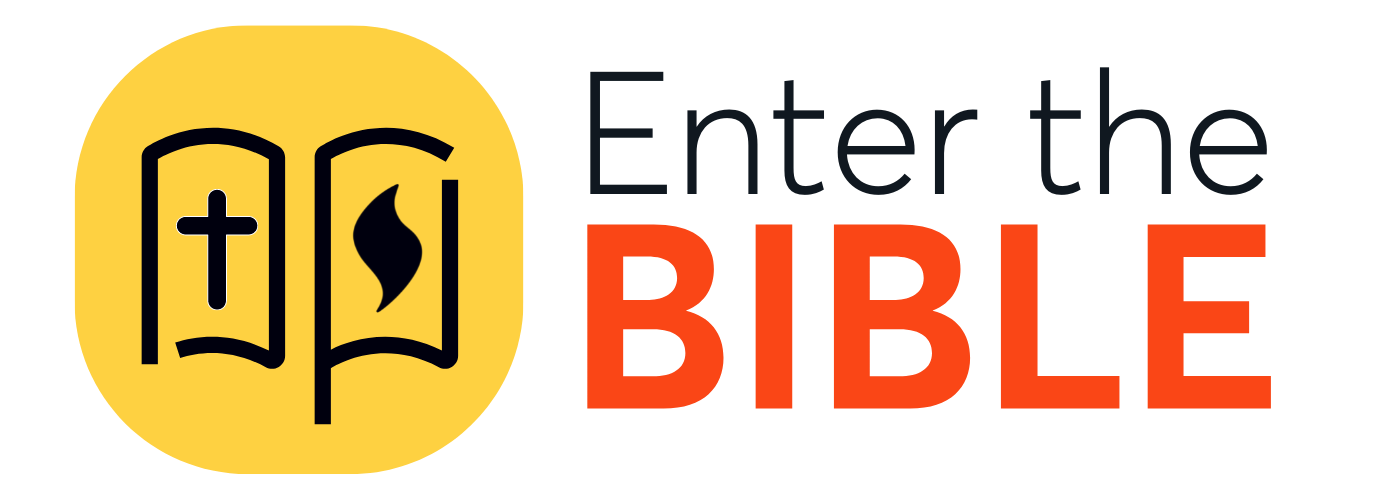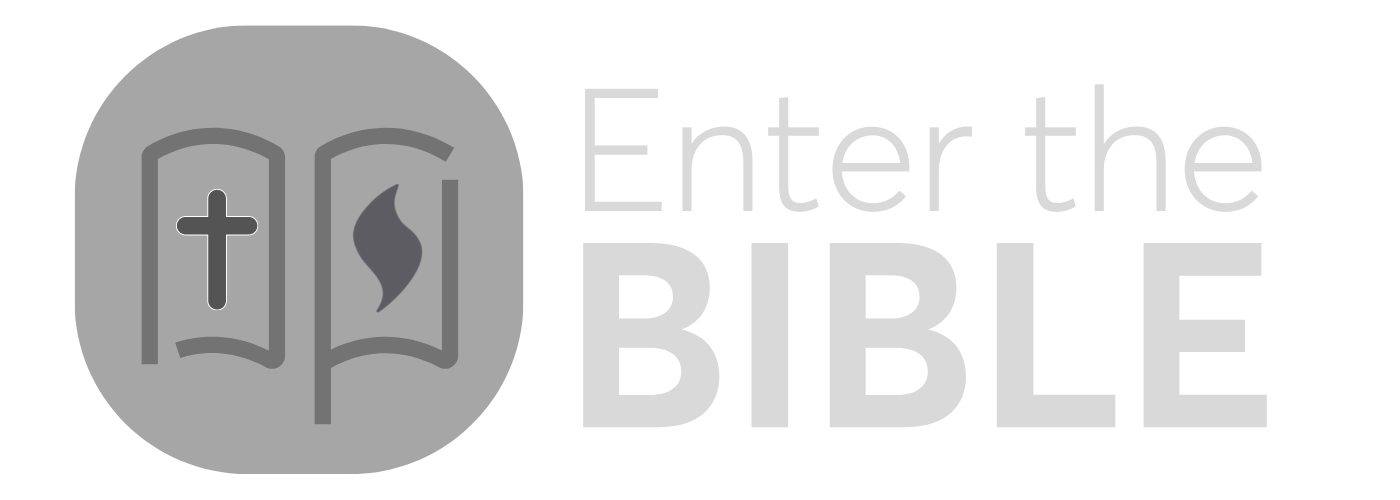SUMMARY
In chapter 16, the Lord gives instructions to Moses about observing the Day of AtonementA Day of Atonement is a ritual occasion of prayer and confession during which a community recalls its disobedience and wrongdoing. Among Christians such an occasion is known as a Day of Penitence. Among Jews Yom Kippur is the Day of Atonement; its origins in... More. In chapter 23, the calendar of religious festivals is established.
ANALYSIS
In these two chapters, the Israelites are instructed to observe certain “holyHoly is a term that originally meant set apart for the worship or service of God. While the term may refer to people, objects, time, or places, holiness in Judaism and Christianity primarily denotes the realm of the divine More convocations” and “appointed festivals” (23:2). There are six such festivals, three in the spring–Festival of PassoverPassover commemorates the deliverance of the Hebrew people from Egypt as described in the book of Exodus. It is celebrated with worship and a meal on the fourteenth day of the month called Nisan, which is the first month of the Jewish year. The time... More and Unleavened Bread, Festival of Firstfruits, and the Festival of Weeks–and three in the fall–the Festival of Trumpets, the Day of Atonement, and the Festival of Booths. The weekly observance of the SabbathSabbath is a weekly day of rest, the seventh day, observed on Saturday in Judaism and on Sunday in Christianity. In the book of Genesis, God rested on the seventh day; in the Gospel accounts Jesus and his disciples are criticized by some for not... More heads the list in chapter 23, reflecting the priestly concern with the Sabbath (compare Genesis 2:2-3). There are four other such liturgical calendar texts in the PentateuchThe Pentateuch is a Christian term the first five books of the Old Testament. These books contain stories of Israel's early history, God's covenants, and many laws such as the Ten Commandments). More. Leviticus 23, along with Numbers 28-29, are the only two texts that list all the major holy days.
The rituals for the Day of Atonement are described in detail in Leviticus 16. This is the only day in the whole year when the high priestThe high priest was the most powerful priest in the temple in Jerusalem. The high priest Caiaphas held the office during the trial of Jesus. Later, in the New Testament book of Hebrews, the role of merciful high priest is ascribed to the resurrected Jesus. More can enter the innermost part of the sanctuaryA sanctuary is the consecrated area around the altar of a church or temple. It also means a place of safety where one can flee for protection. In the Old Testament, especially in the Psalms, God is referred to as a sanctuary, a refuge from... More, the holy of holiesThe holy of holies was, in the Old Testament, the tabernacle's inner sanctuary that housed the ark of the covenant and its mercy seat. The space was separated from the rest of the holy place by a veil and was visited only once a year... More. There, he offers incense and sprinkles the blood of sacrifices to make atonement for the sanctuary, for himself, and for the people. The ritual for the Day of Atonement also includes the practice of the high priestA priest is a person who has the authority to perform religious rites. In New Testament times priests were responsible for daily offerings and sacrifices in the temple. More laying hands on the head of a goat and confessing the people’s sins–thereby ritually laying the burden of those sins on the goat–then sending the goat out into the wilderness. William Tyndale in the sixteenth century coined the term “scapegoat” to describe the function of the goat in this passage.
The Day of Atonement, or Yom Kippur, remains the most important of the high holy days in the Jewish calendar today. It also provides the background for the discussion in Hebrews 9, where the author of Hebrews proclaims Jesus as both the great high priest and the final sacrificeSacrifice is commonly understood as the practice of offering or giving up something as a sign of worship, commitment, or obedience. In the Old Testament grain, wine, or animals are used as sacrifice. In some New Testament writings Jesus' death on the cross as the... More.





